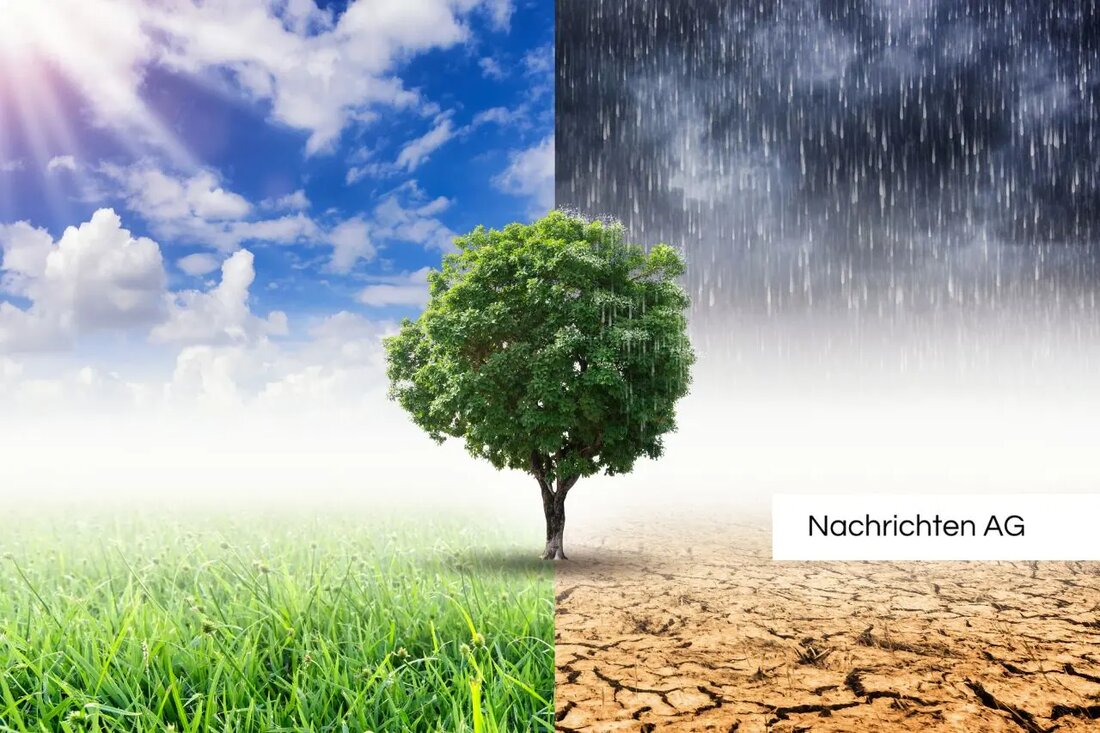Siemens starts the production of hydrogen trains for Bavaria - the future of mobility!
Siemens starts the production of hydrogen trains for Bavaria - the future of mobility!
Siemens Mobility started the production of hydrogen features in Krefeld-Uerdingen today. This distinctive initiative laid the foundation for a new era in local transport, since the hydrogen trains are to be used in the network of the Südostbayernbahn from the end of 2026. With this development, Siemens Mobility not only wants to revolutionize mobility, but also make a decisive contribution to reducing emissions and environmental damage. As wz.de , the series consists of three two-part hydrogen trains of the type Mireo Plus h.
These trains will replace diesel -powered models in the Linienstern Mühldorf network, which are currently on behalf of the Free State of Bavaria. The aim of this change is a significant CO₂ saving and reducing noise and exhaust gases in the region. The hydrogen trains should therefore not only become more environmentally friendly, but also more comfortable for the passengers.
technical equipment of the hydrogen features
The newly produced trains offer space for up to nine bicycles and have high -frequency -permeable slices that ensure improved mobile phone reception. Since the vehicles have a low-floor design, a comfortable entry and exit for all passengers is made possible.
An outstanding technical property of the Mireo Plus H trains is the Tension Safety System ETCS (European Train Control System), which makes it safe and efficient. With a drive power of 1.7 MW, the trains reach a top speed of 140 km/h and offer a range of up to 1,200 km with a single tank filling. However, this range depends heavily on the route and the driving style.
Another remarkable feature is the quick refueling function, which enables refueling in just 15 minutes. This highlights the hydrogen trains as flexible solutions on non -electrified routes. The trains only emit water vapor and thus actively contribute to improving the climatic conditions in the region.
environmentally friendly goals and economic effects
In order to support the ambitious environmental goals, Deutsche Bahn in Mühldorf will also build an electrolysis system that is 100% operated by green electricity. These steps are in line with the current efforts of the transport industry, which relies on sustainable mobility. According to siemens.com Plant Siemens Mobility, and the in the middle of an sales of 11.4 billion euros in the business year and an employee 41,900 worldwide to continue this technology.
In a broader context, the current development falls into the larger trend of hydrogen technology, which is associated with challenges, but also promising options. The industry faces the challenge of establishing a nationwide petrol station network, while at the same time the costs for fuel cell vehicles remain high compared to conventional electric vehicles. Nevertheless, hydrogen technology for long-distance trips is a promising alternative, such as "https://transport-online.de/fachzeitung/achartikel/umwelt-und-verkehr-klimaschutz-zentchläcke-- und-krytromobitaet--172337.html"> Transport-online.de describes.
The hydrogen features of Siemens Mobility are a pioneering project that not only offers innovative mobility solutions, but also contributes significantly to combating climate change.
| Details | |
|---|---|
| Quellen | |


Kommentare (0)